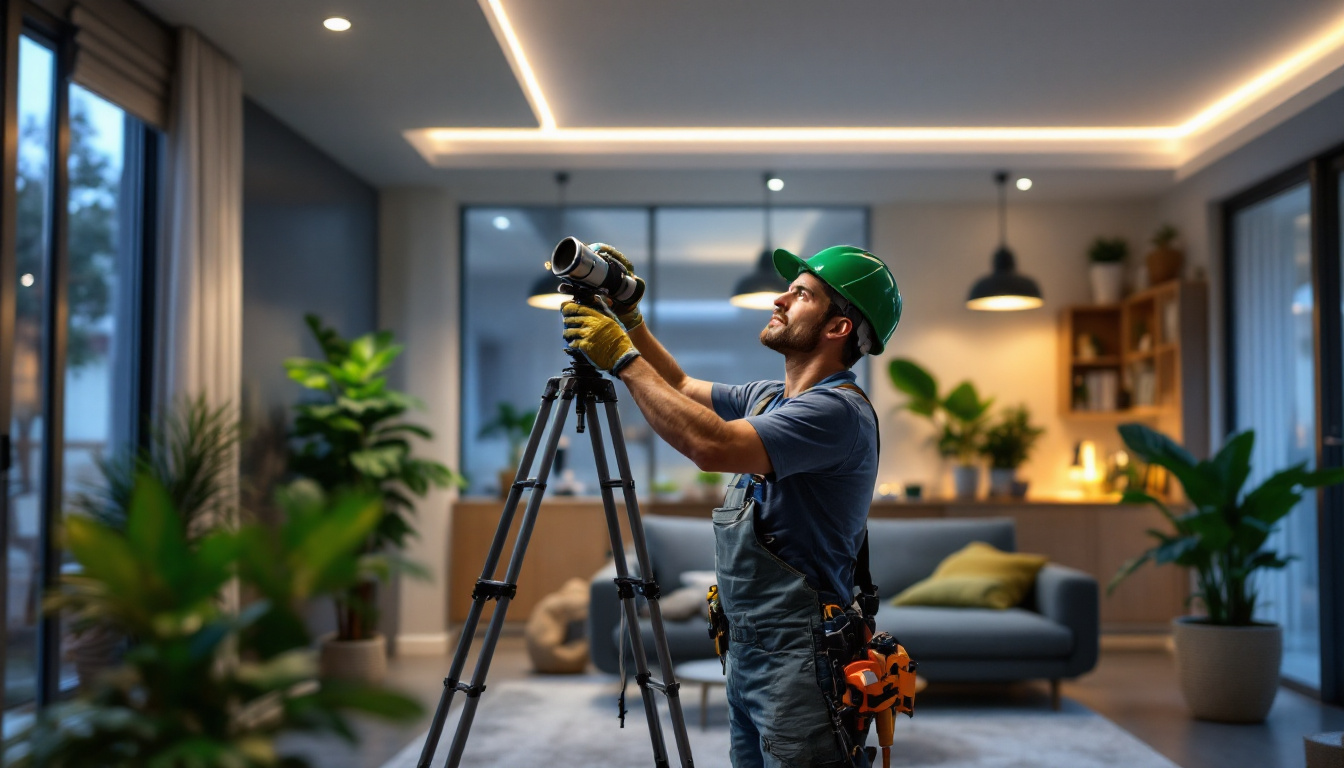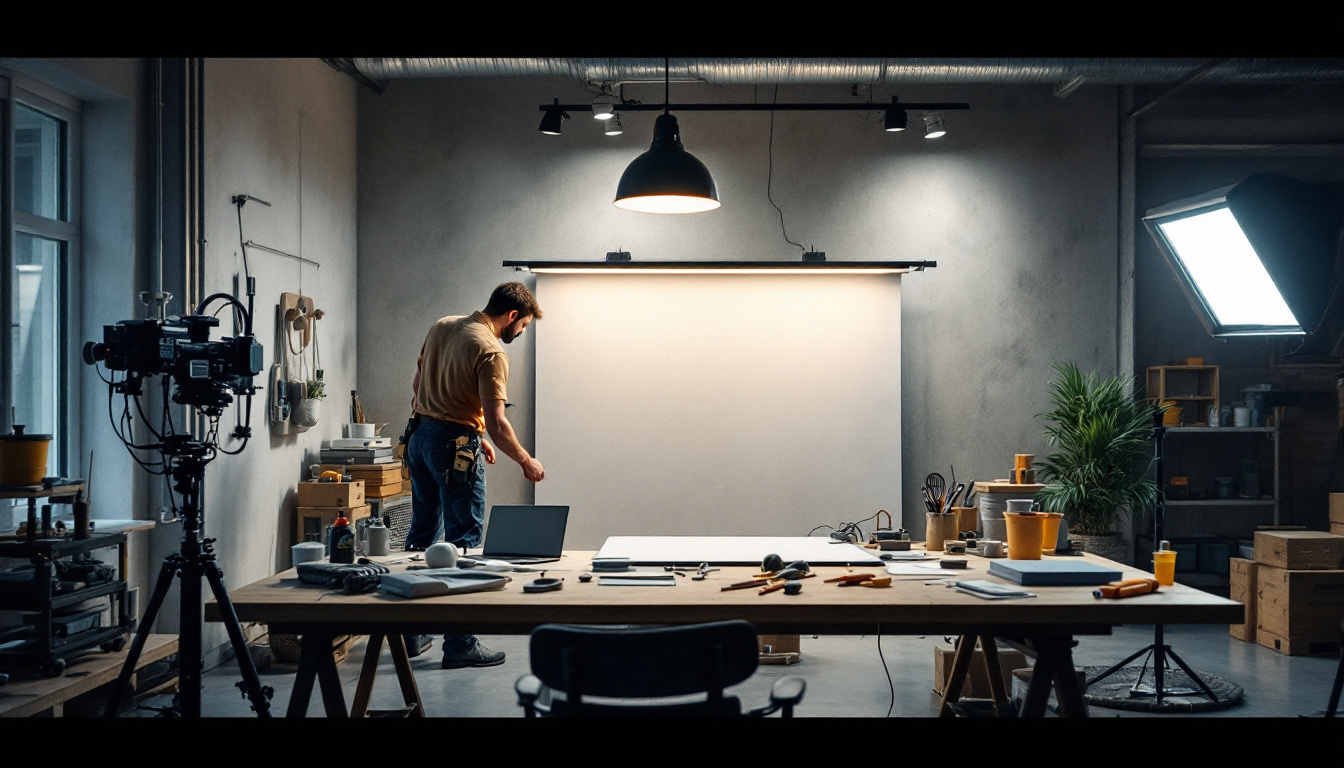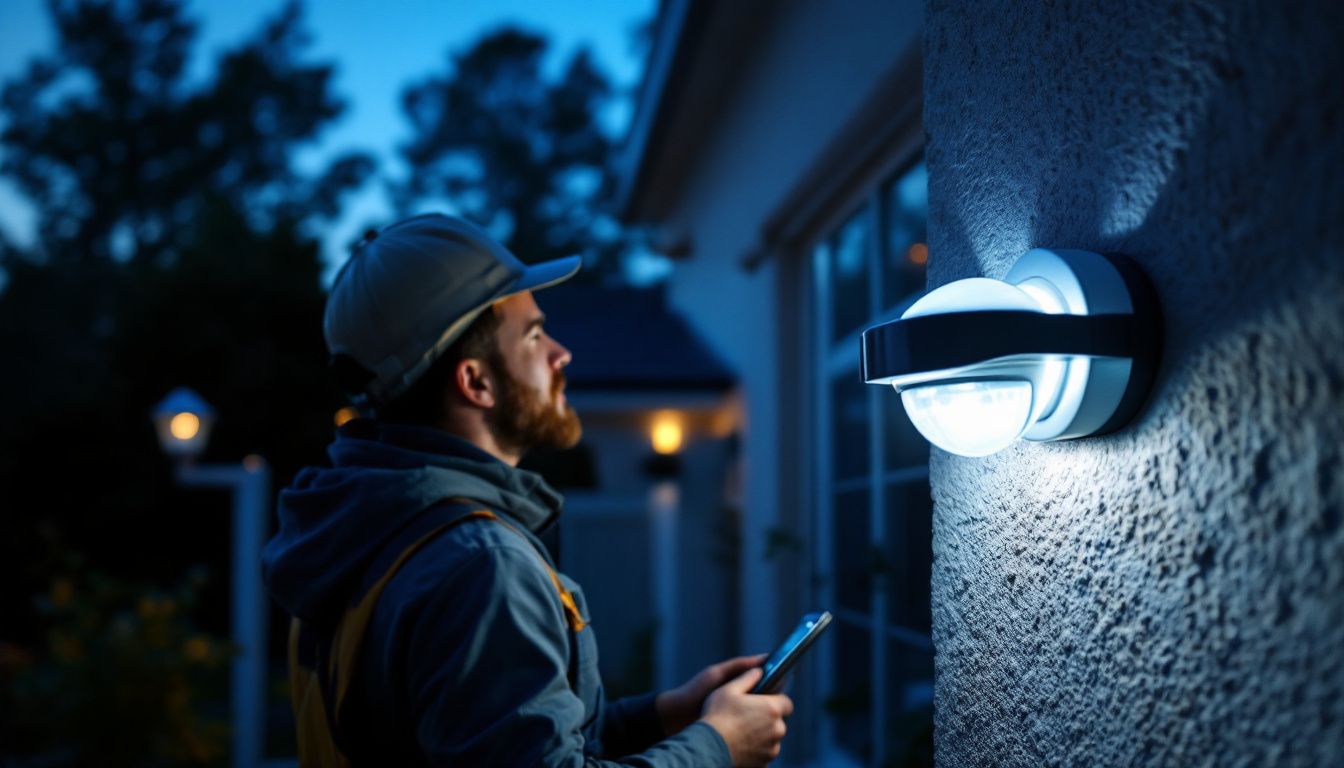
As the demand for sustainable solutions continues to grow, lighting contractors are increasingly called upon to provide energy-efficient options for their clients. Green creative lighting represents a shift towards environmentally friendly practices, integrating innovative technologies and designs that minimize energy consumption while maximizing aesthetic appeal. However, like any approach, it comes with its own set of advantages and challenges. This article explores the pros and cons of green creative lighting, providing valuable insights for lighting contractors navigating this evolving landscape.
One of the most significant benefits of green creative lighting is its energy efficiency. By utilizing LED technology and other energy-saving solutions, contractors can help clients reduce their electricity consumption significantly. LEDs consume up to 80% less energy than traditional incandescent bulbs, which not only lowers utility bills but also contributes to a decrease in greenhouse gas emissions.
This energy efficiency is particularly advantageous in commercial settings, where lighting can account for a substantial portion of energy use. By implementing green lighting solutions, contractors can help businesses achieve sustainability goals while enhancing their bottom line. Moreover, many utility companies offer incentives and rebates for businesses that switch to energy-efficient lighting, further encouraging the transition and making it financially viable for clients.
Green lighting solutions, particularly LEDs, are known for their long lifespan. Unlike traditional bulbs, which may need frequent replacements, LEDs can last up to 25,000 hours or more. This longevity reduces maintenance costs and labor associated with replacing burnt-out bulbs, making it an attractive option for both contractors and clients.
Furthermore, the durability of LED fixtures means they are less likely to break or fail, which is especially important in high-traffic areas or challenging environments. This reliability can enhance a contractor’s reputation as a provider of quality solutions. Additionally, many LED products are designed to withstand extreme temperatures and humidity, making them suitable for outdoor applications or in industrial settings where conditions can be harsh. This versatility allows contractors to offer solutions that are not only efficient but also resilient, catering to a wider range of client needs.
Green creative lighting does not compromise on style. In fact, it often opens up new avenues for design innovation. With advancements in technology, contractors can offer a wide range of lighting options that are both energy-efficient and visually appealing. From smart lighting systems that adjust based on occupancy to customizable color temperatures, the possibilities are vast.
By incorporating these modern lighting solutions, contractors can help clients create unique and inviting spaces that reflect their brand identity or personal style. This aesthetic appeal can be a significant selling point when pitching green lighting options to potential clients. Furthermore, the ability to integrate lighting with smart home technologies allows for enhanced control and personalization, enabling users to set the mood for different occasions or optimize energy use throughout the day. As a result, green creative lighting not only serves a functional purpose but also elevates the overall experience of the space, making it more enjoyable and engaging for occupants and visitors alike.
While the long-term savings associated with green creative lighting are substantial, the initial investment can be a barrier for many clients. Energy-efficient fixtures and systems often come with a higher upfront cost compared to traditional lighting solutions. This can make it challenging for contractors to convince clients to make the switch, especially if they are operating on a tight budget.
Contractors must be prepared to educate clients on the long-term benefits and potential return on investment. This may involve presenting case studies or providing detailed calculations that illustrate how energy savings can offset the initial expenditure over time. Additionally, highlighting incentives such as government rebates, tax credits, or financing options can further alleviate financial concerns. By showcasing these benefits, contractors can help clients see the value in investing in sustainable lighting solutions, ultimately leading to a more energy-efficient and environmentally friendly space.
As the landscape of lighting technology evolves, so too does the need for contractors to stay informed and trained on the latest advancements. Green creative lighting often involves complex systems, such as smart lighting controls and integrated energy management solutions. Contractors must invest time and resources into training to ensure they can effectively install and maintain these systems.
This ongoing education is crucial not only for the successful implementation of green lighting solutions but also for maintaining a competitive edge in the market. Clients are increasingly seeking contractors who are knowledgeable about the latest technologies and can provide expert guidance on sustainable lighting options. Furthermore, as smart technology becomes more prevalent, understanding how to integrate these systems with other building management technologies, such as HVAC and security systems, will be essential. This holistic approach not only enhances energy efficiency but also improves overall building performance, making it imperative for contractors to stay ahead of the curve.
Integrating green lighting solutions into existing infrastructure can pose challenges. Many older buildings may not be equipped to support modern lighting technologies, requiring additional modifications or upgrades. This can complicate projects and lead to increased costs and timelines.
Lighting contractors must assess the compatibility of new systems with existing wiring and fixtures, which may require additional expertise. Clear communication with clients about potential challenges and costs associated with retrofitting can help manage expectations and foster trust. Moreover, it is beneficial for contractors to explore innovative solutions, such as modular lighting systems that can be easily adapted to various environments. This flexibility not only simplifies the integration process but also allows for future upgrades without extensive renovations. By proactively addressing compatibility issues, contractors can ensure a smoother transition to green lighting, ultimately enhancing the client’s experience and satisfaction.
Green creative lighting plays a vital role in reducing the carbon footprint of buildings and spaces. By significantly lowering energy consumption, these solutions directly contribute to less reliance on fossil fuels and a decrease in harmful emissions. For contractors, this aspect of green lighting can be a powerful selling point, as many clients are increasingly concerned about their environmental impact.
Highlighting the ecological benefits of energy-efficient lighting can resonate with clients who prioritize sustainability, making it easier for contractors to position themselves as leaders in the green movement. Furthermore, the use of LED technology, which consumes up to 75% less energy than traditional incandescent bulbs, not only reduces electricity bills but also extends the lifespan of lighting fixtures, thereby minimizing waste. This dual benefit can be a compelling narrative for contractors, emphasizing both cost savings and environmental stewardship.
Green creative lighting often aligns well with the use of renewable energy sources such as solar and wind. By implementing energy-efficient lighting systems, contractors can help clients maximize the benefits of renewable energy, reducing reliance on non-renewable sources.
This synergy not only enhances the sustainability of a project but also appeals to clients looking to invest in comprehensive green solutions. Contractors can explore partnerships with renewable energy providers to offer clients integrated solutions that encompass both lighting and energy generation. Additionally, the integration of smart lighting systems can further optimize energy use by adjusting brightness based on natural light availability or occupancy, ensuring that energy is only consumed when necessary. This level of innovation not only supports sustainability goals but also positions contractors at the forefront of the evolving green technology landscape, appealing to a broader market of environmentally conscious consumers.
The trend towards sustainability is not just a passing fad; it is becoming a fundamental expectation in the marketplace. As consumers become more environmentally conscious, the demand for green creative lighting solutions is expected to continue growing. Lighting contractors who embrace this shift and adapt their offerings accordingly will be well-positioned to thrive.
Staying informed about emerging trends, such as smart lighting technology and energy-efficient design practices, will be essential for contractors looking to capitalize on this growing market. Engaging with industry organizations and attending relevant trade shows can provide valuable insights into the future of lighting.
As governments and regulatory bodies increasingly focus on sustainability, lighting contractors may find themselves navigating a landscape of changing regulations and incentives. Many regions offer rebates or tax incentives for energy-efficient upgrades, which can help offset initial costs for clients.
Contractors should stay updated on local and national policies related to energy efficiency and sustainability. By understanding the available incentives, contractors can better advise clients on financing options and help them take advantage of programs that support green initiatives.
Green creative lighting presents both opportunities and challenges for lighting contractors. The advantages, including energy efficiency, longevity, and enhanced aesthetics, make it an appealing choice for many clients. However, the initial costs, technical knowledge requirements, and compatibility issues with existing systems can pose hurdles that contractors must navigate.
By understanding the environmental impact of their work and staying informed about market trends and regulatory changes, lighting contractors can position themselves as leaders in the green lighting movement. Embracing this shift not only benefits the environment but also enhances the contractor’s reputation and opens up new avenues for business growth.
Ultimately, the future of lighting lies in the balance between innovation and sustainability. Contractors who are willing to adapt and invest in green creative lighting solutions will not only meet the demands of their clients but also contribute to a more sustainable future for all.
Ready to lead the charge in green creative lighting? At LumenWholesale, we support your commitment to sustainability and innovation by providing a vast array of top-quality, spec-grade lighting products at unbeatable wholesale prices. Say goodbye to inflated markups and hello to superior lighting solutions that align with your environmental and aesthetic goals. With our hassle-free bulk buying and free shipping, you can equip your projects with premium lighting at the best value. Elevate your lighting game and contribute to a brighter, more sustainable future. Wholesale Lighting at the Best Value is just a click away.

Discover how light backup systems can revolutionize your lighting installation projects by enhancing reliability, efficiency, and safety.

Discover the essential role of outdoor wall lighting in modern design and why it’s a must-have for every lighting contractor.

Discover the essential facts about ceiling fan controllers that every lighting contractor needs to know.

Discover expert tips and strategies for lighting contractors to master the installation and optimization of motion sensing security lights.